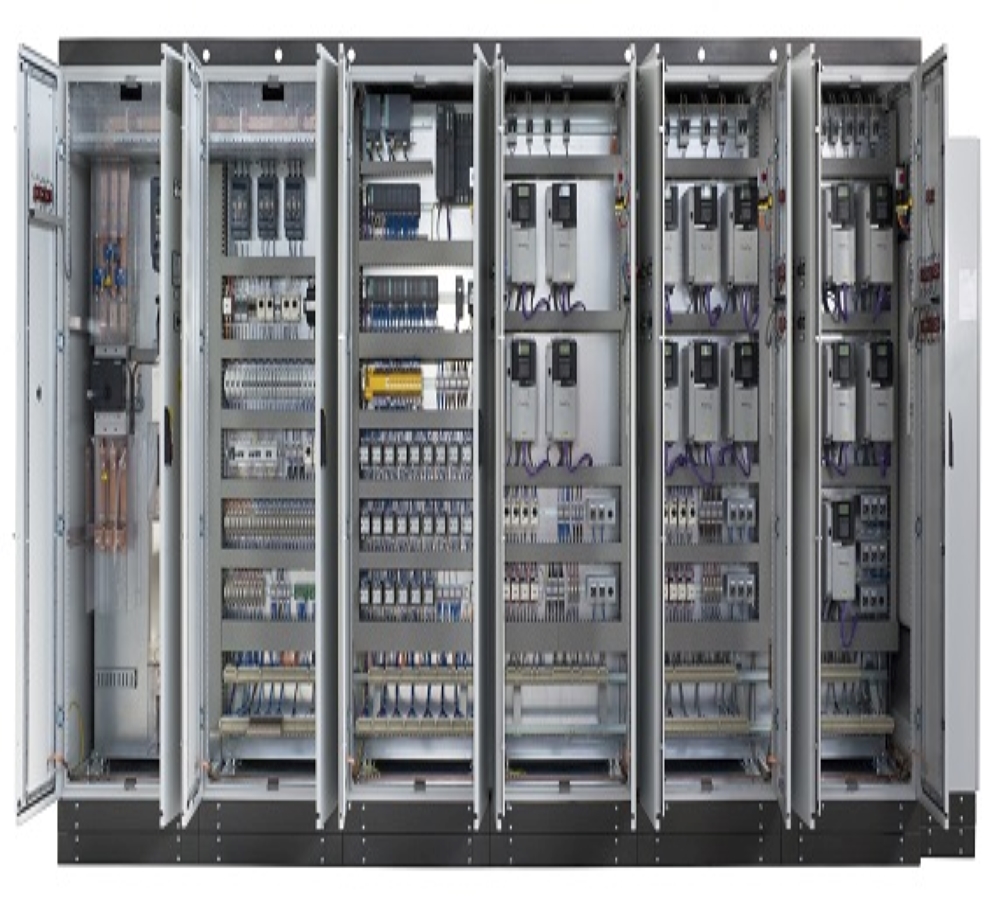
Power-Plant automation is the act of automatically controlling the power system via instrumentation and control devices. Substation automation refers to using data from Intelligent electronic devices (IED), control and automation capabilities within the substation, and control commands from remote users to control power-system devices.
Since full substation automation relies on substation integration, the terms are often used interchangeably. Power-system automation includes processes associated with generation and delivery of power. Monitoring and control of power delivery systems in the substation and on the pole reduce the occurrence of outages and shorten the duration of outages that do occur. The IEDs, communications protocols, and communications methods, work together as a system to perform power-system automation. The term “power system” describes the collection of devices that make up the physical systems that generate, transmit, and distribute power. The term “instrumentation and control (I&C) system” refers to the collection of devices that monitor, control, and protect the power system.
Application:
OVERCURRENT PROTECTION
All lines and all electrical equipment must be protected against prolonged overcurrent. If the cause of the overcurrent is nearby then automatically that current is interrupted immediately. But if the cause of the overcurrent is outside the local area then a backup provision automatically disconnects all affected circuits after a suitable time delay.
Note that disconnection can, unfortunately, have a cascade effect, leading to overcurrent in other circuits that then also must therefore disconnect automatically. Also note that generators that suddenly have lost their load because of such a protection operation will have to shut down automatically immediately, and it may take many hours to restore a proper balance between demand and supply in the system, partly because there must be proper synchronization before any two parts of the system can be reconnected.
SCADA
A supervisory control and data acquisition system (SCADA) transmits and receives logic or data from events of controls, metering, measuring, safety and monitoring of process devices such as Electrical equipment, Instrumentation devices, telecommunication on industrial applications. Power system elements ranging from pole-mounted switches to entire power plants can be controlled remotely over long distance communication links. Remote switching, telemetering of grids (showing voltage, current, power, direction, consumption in kWh, etc.), even automatic synchronization is used in some power systems.
Optical fible
Power utility companies protect high voltage lines by monitoring them constantly. This supervision requires the transmission of information between the power substations in order to ensure correct operation while controlling every alarm and failure. Legacy telecom networks were interconnected with metallic wires, but the substation environment is characterized by a high level of electromagnetic fields that may disturb copper wires.
Initially these networks were made of metallic conductive media, however the vulnerability of the 56–64 kbit/s channels to electromagnetic interference, signal ground loops, and ground potential rise made them too unreliable for the power industry. Strong electromagnetic fields caused by the high voltages and currents in power lines occur regularly in electric substations.
Need A Query
